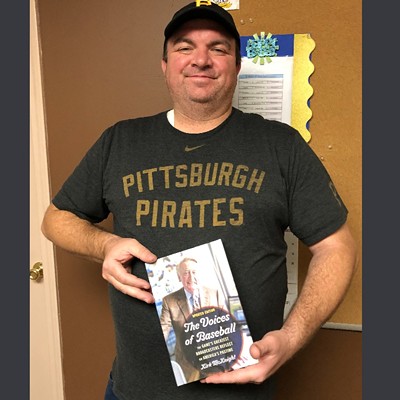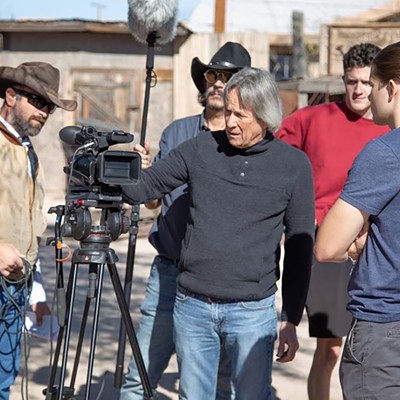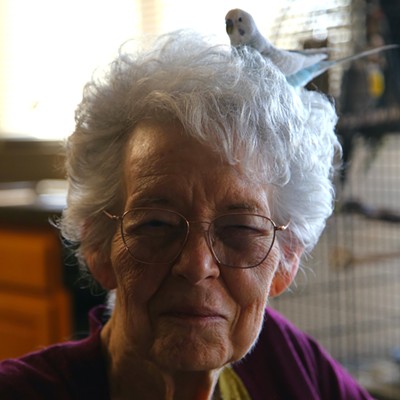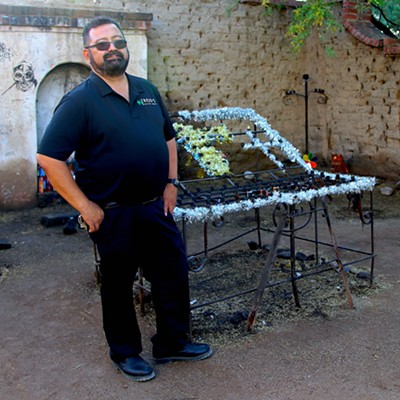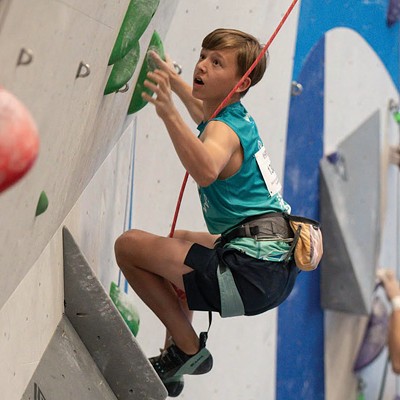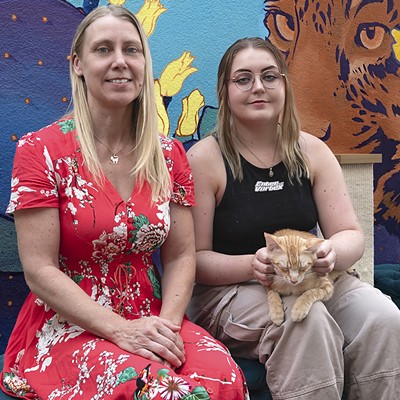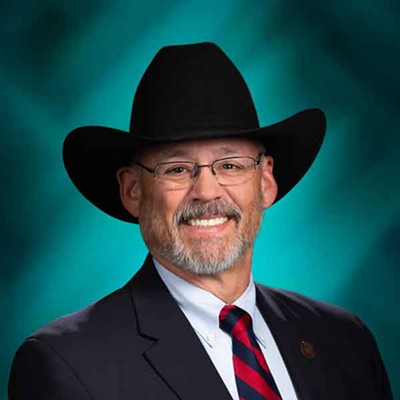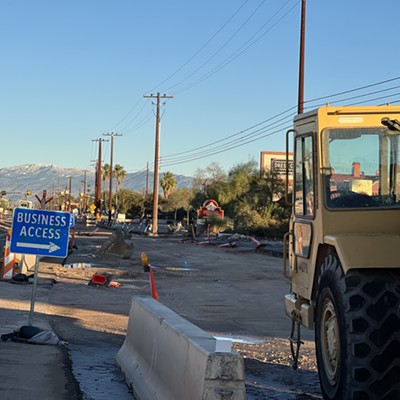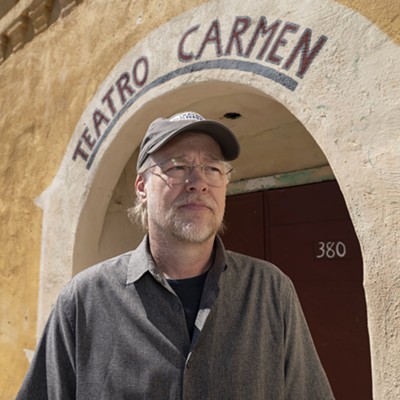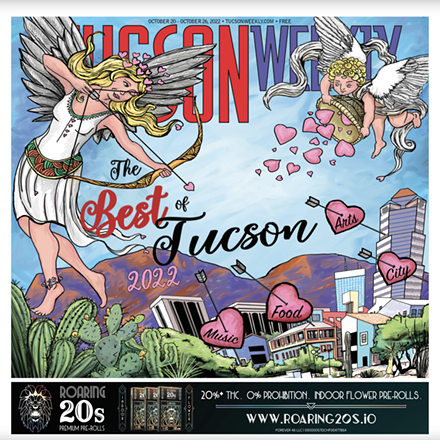It’s easy to appreciate Sabino Canyon Recreation Area.
So said David Lazaroff, who has a longtime relationship with a place near to Tucsonans’ hearts.
Now readers may cultivate that relationship, too. In “Picturing Sabino: A Photographic History of a Southwestern Canyon,” Lazaroff discusses the history of human interaction with the canyon, and it is extensive. The book is one of many released by Tucson-area authors this summer.
“In thinking about the history of it, I think the basic thing to understand is that you’re entering a landscape, that you’re entering both a natural landscape and a historical landscape,” he said. “It’s a historical landscape because people have been coming there for a very long time, and it’s not just historic. It’s prehistoric.”
There’s evidence of hunters and gatherers who lived there, he added.
Sabino Canyon is more than just a place for people to picnic. There are plenty of photos in Lazaroff’s book showing that particular activity, but there’s another side to the recreation area’s history.
“There have been people who wanted to exploit it,” Lazaroff said. “They wanted to take the water and send it to Tucson and (have it) come out of their taps in town. They wanted to generate electricity from Sabino Creek, and during the Great Depression, a big motivator to doing things was to provide employment for people who were out of work.”
You can see their handiwork in the bridges and paths in the park.
As with any good tale, there are chapters of tragedy.
“There’s a story of someone getting stuck on a cliff and someone tries to rescue him and falls to his death,” Lazaroff added.
“It’s not all happy stories. It’s a story of, yes, people coming to enjoy themselves but also people with ambition, driven to do things and struggling to get them done for years and then failing to do them.”
There’s even a murder.
“The whole gamut of human experience is there,” he said.
Lazaroff took decades looking for and at photos of the canyon for this book, spending plenty of time at the Arizona Historical Society, the University of Arizona Libraries Special Collections and the National Archives. Then there are the census records, property deeds and newspaper clippings he looked at.
Still, it’s the photos that really tell the story. Studying them, Lazaroff put together a puzzle of history.
“There’s a whole lot to be learned from just studying a photograph,” he said.
“If you ‘mine’ it for information. The long (exposures) in the book encourage people to look deeply into the photography and kind of imagine you’re there.”
All the photos are in black and white. This is not a coffee table book, but the photos are compelling.
Find “Picturing Sabino: A Photographic History of a Southwestern Canyon” by David Wentworth Lazaroff and published by the University of Arizona Press at Amazon and Barnes & Noble online.
Archeology
Tucsonans know the value of archeology; it’s part of the culture. From the digs at Steam Pump Ranch to what’s already been exhumed and cataloged at the Arizona State Museum, history is being excavated here every day.
Archeology used to be a man’s world. Now, however, there are plenty of women discovering the past, thanks in part to people like Marjorie Lambert, a pioneering archaeologist from the last century.
Read about her work and times in “No Place for a Lady: The Life Story of Archeologist Marjorie F. Lambert,” by Shelby Tisdale, and published by the University of Arizona Press.
Tisdale knew and worked for Lambert for many years.
“So many of these women did important work but were not recognized for their contributions to anthropology and archeology,” Tisdale said. Hence, the book.
During her time, Lambert had to make things work, maybe differently than men.
“She had the barriers and obstacles that she really had to maneuver around to really make a career in archeology,” Tisdale said. “In some ways it really hadn’t changed that much even by the mid-1980s for women. Fortunately, that’s changed a lot since.”
For example, “men just did not want women in the field,” Tisdale added. “It was kind of that Indiana Jones persona, right? Women were supposed to be more the assistant, the wives, the lab technicians, things like that. They weren’t supposed to be in academia. They weren’t supposed to be in the museums. If they were in the museums, they were relegated to working in the collections. They were really the handmaidens of the museums.”
Lambert had that role, Tisdale said, but she was much more than someone who fetched tools. Lambert gave tours and lectures and curated shows. She also worked in the field a dozen times. Some of that fieldwork lasted years.
One of Lambert’s issues, according to Tisdale, was pay disparity.
“Some of her male colleagues were making a lot more than her, but they were not doing much work,” Tisdale said. “They would go out and do fieldwork, but they didn’t do a lot of work around the museum, even though they had offices there. They sat around a lot drinking coffee or tea … and they all got paid more. That used to just irritate the heck out of Lambert.”
The men didn’t care.
“Any time it came up, they would say, ‘Well, marry a man who’s making a lot of money if that’s what you want,’” Tisdale said. “Even her bosses would say that.”
Much of the work on the book was done during the pandemic, Tisdale said, though the book has been in the works for longer than that. In fact, Tisdale and Lambert wrote together until she died in 2006 at the age of 98.
Tisdale said it was great to write with her because she could ask questions. After Lambert died, the writing got a lot harder.
“Even after I was finishing up the final draft, it was like, ‘Gosh, I really wish she were here and I could ask her for more details,’” Tisdale said. “(However), because I did these taped interviews with her, I was actually able to use her voice and quotes from those interviews.”
Find “No Place for a Lady: The Life Story of Archeologist Marjorie F. Lambert,” by Shelby Tisdale, and published by the University of Arizona Press, at Amazon and Barnes & Noble online.

